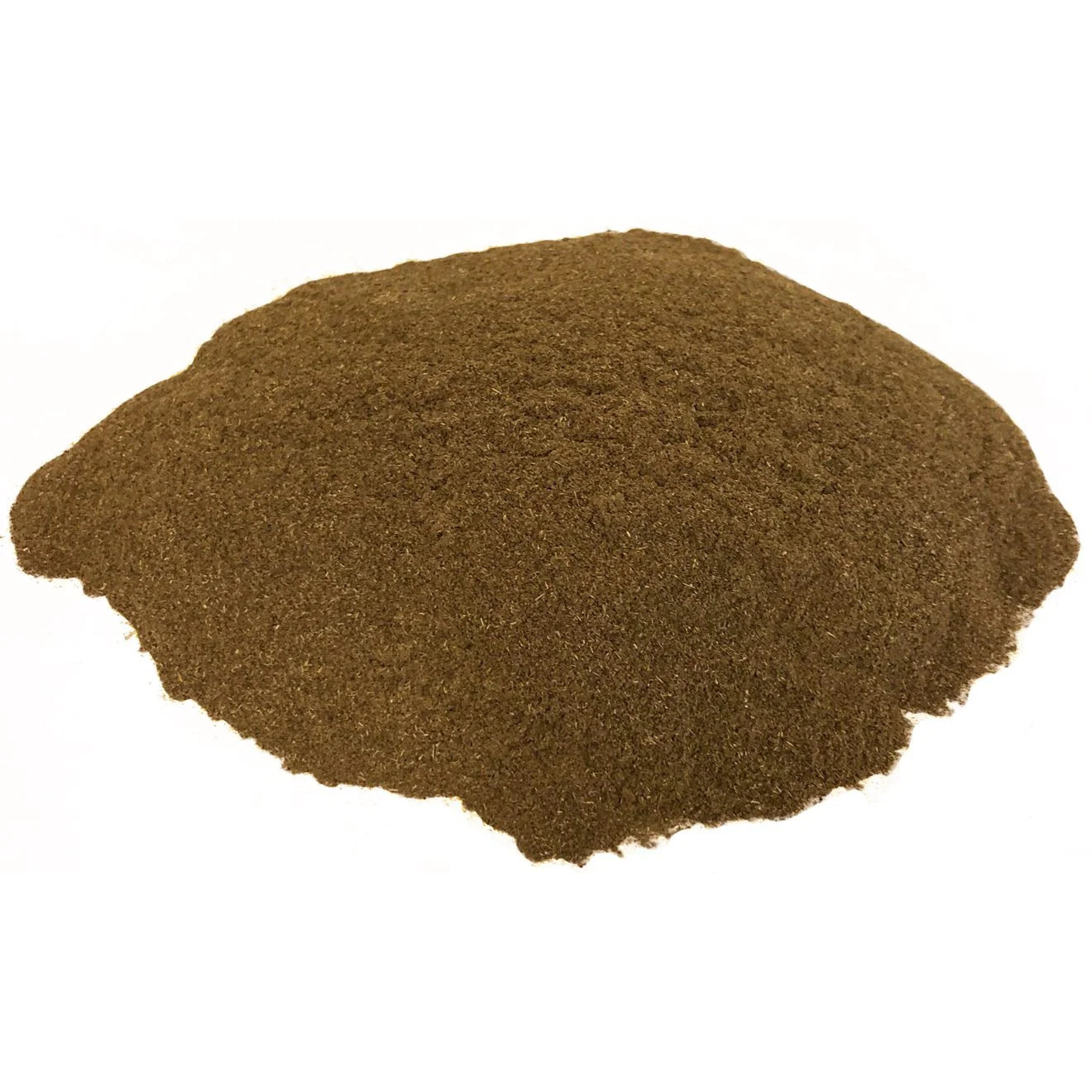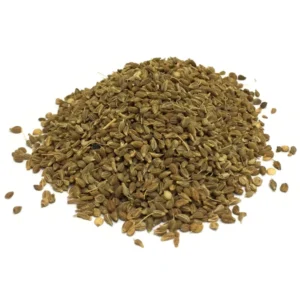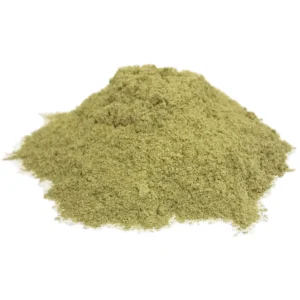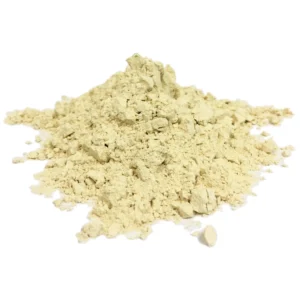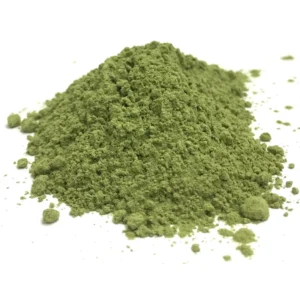Description
Plantain Leaf Powder.
A common perennial weed. Once identified, it is easy to remember. The leaves are broadly ovate, entire or toothed, characterized by a thick, channeled footstalk. The flower stalks are 6-8 inches, tipped with long, slender spikes of greenish-white flowers but overshadowed by the brown sepals and bracts. The leaves of P. lanceolata are lance leafed, more grass-like and darker green. The stems are tipped by a short spike of tiny white flowers. Both are common around the world in moist waste places, lawns and stream beds in mountains. It is a astringent, demulcent, diuretic, expectorant, andhemostatic. Leaves of the fresh plant makes an excellent poultice for insect bites. Chew to make a bolus and place on bite. Steep 1 teaspoon of the fresh or dried leaves in 1/2 cup water.Take 1-1 1/2 cups a day, mouthful at a time.
Origin(s): Albania, Bulgaria, Chile, China, Croatia, Poland.
Latin Name(s): Plantago major.
Also known as: Waybread, round-leaved plantain, Englishman’s foot, common plantain, broad-leaf plantain, greater plantain, Snakeweed.
Plant Part(s) Used: Leaf.
Appearance: Greenish brown.
Aroma: Leafy.
Taste: Astringent.
GMO Status: Non-GMO.
Allergen: None.
Additives: Free of any additives or preservatives.
Applications / Preparations: Can be put into capsules, teas, salads or infused as an herbal extract. For cosmetic use can be put in an external compress, soaps, lotions, salves, balms, creams & other topical products.
Storage: Store in a sealed container in a cool, dry place.
Shelf Life: It is very difficult to pin down an exact expiration date for most single herbs as they do not really expire, they lose potency or strength over time but will still have value. Unlike synthetic material or drugs, herbs can contain many constituents that contribute to their medicinal effects. Even if when we know what the active constituents are, there are often many of them in a single herb, each with different rates of degradation. Some herbs lose their effect more easily. Other herbs that possess more stable compounds such as alkaloids or steroids will last much longer.
A huge part of the degradation rate of herbs depends also on the storage conditions of the herb, & even on the quality of the herb before storage – how it was grown, harvested, dried & processed. If the product is left in hot places or open to sunlight then it will degrade much quicker than if it was stored in cool, dry place & sealed tightly.
A good rule of thumb is that herbs should be stored no longer than 2-3 years but many herbs will have great strength much longer than that. To determine if a an herb is still good you can check the appearance & aroma. Herbs that are no longer acceptable will have lost much of its vibrant color & will instead appear dull & faded. The bigger key though is to smell the raw materials to see if the potent aroma is still present.
Warning: None known.
Additional information
| Weight | 2.00 lbs |
|---|

